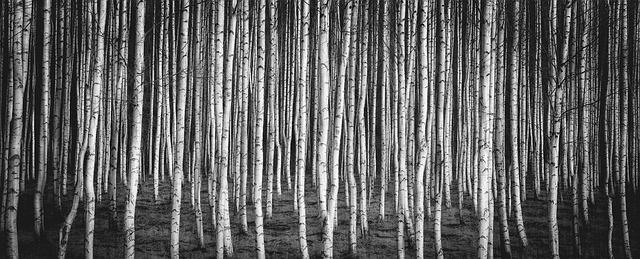- Introduction
- Types of Birch Trees
- Birch Tree Uses
- Birch in Folklore and Symbolism
- Growing and Caring for Birch Trees
- Conclusion
- FAQs
- References
Introduction
The birch tree, belonging to the genus Betula, is known for its distinctive white bark and graceful branches. In this article, we’ll explore in depth the many species of birch trees, their valuable uses, their fascinating cultural significance, and how you can grow and care for your own birch tree.
In the coming sections, we'll dive into the different types of birch trees, covering both the common and rare varieties. We'll also discuss how birch has been used historically in various industries as well as its symbolic representation in cultures around the world. Finally, we'll offer practical advice on planting and caring for birch trees so that these stunning organisms can thrive in your garden.
Types of Birch Trees
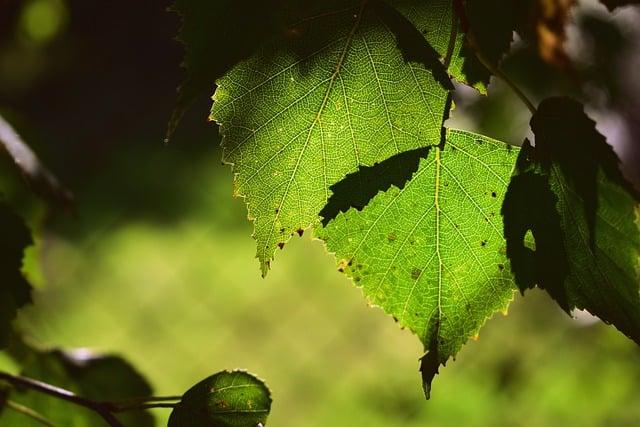
(Image: Pixabay/@grom900)
The Betula genus encompasses more than 50 species of deciduous trees scattered throughout temperate regions of the Northern Hemisphere. Although most birches share important characteristics such as peeling bark and triangular leaves, they vary in size, bark color, and habitat preferences.
One of the most well-known birch species is the White Birch (Betula pendula), famed for its papery white bark and dominance across European woodlands. Another common species is the Paper Birch (Betula papyrifera), found mainly in North America and easily identifiable by its bark that peels off in thin, paper-like sheets.
Lesser-known species include the River Birch (Betula nigra), which thrives near water sources and features unusual reddish-brown bark, and the Dwarf Birch (Betula nana), a shrub-like birch adapted to cold climates like the Arctic. Each variety of birch serves a unique ecological role while adding beauty to landscapes worldwide.
Birch Tree Uses
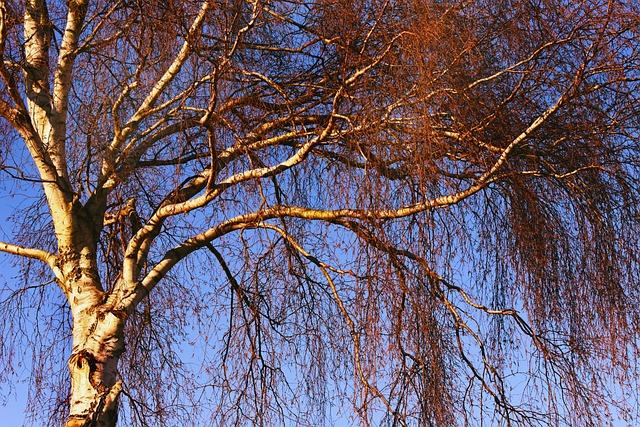
(Image: Pixabay/@MabelAmber)
Historically, birch trees have played a critical role in human survival and craftsmanship. Birch wood is lightweight and sturdy, making it an ideal material for furniture, flooring, and even canoes in earlier civilizations. Indigenous peoples of North America, for example, prized birch bark for constructing waterproof, durable canoes.
Birch trees are also a source of birch sap, a nutrient-rich liquid used to create beverages like birch beer and syrup. In parts of Eastern Europe and Scandinavia, birch sap was consumed for its revitalizing properties during springtime. Given its seasonal harvesting, birch syrup is rarer and costlier than maple syrup but similarly valued for its rich flavor.
Moreover, birch essential oils are used in aromatherapy and traditional medicinal practices, particularly for their anti-inflammatory and analgesic effects. Birch tree products continue to be appreciated for their versatility and benefits in both commercial and natural medicine settings.
Birch in Folklore and Symbolism
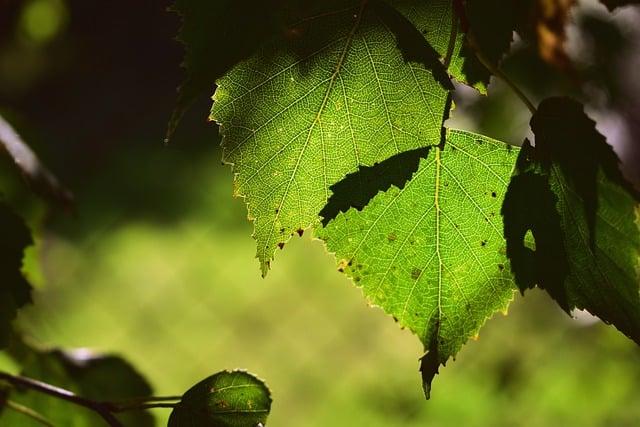
(Image: Pixabay/@grom900)
The birch tree holds a special place in the mythology and folklore of several cultures. In Celtic tradition, the birch was considered a symbol of new beginnings, purification, and fresh starts—an ideal image for its practical use in making brooms for sweeping away the old year’s dregs and welcoming the new one.
Further east, in Russian folk tales and songs, the birch is a deeply emotional symbol associated with femininity, purity, and the Russian homeland itself. Many people believed birch groves could bring protection and healing, as evidenced by the historic use of birch twigs as sacred tools in ceremonial rites.
Throughout time, the physical and spiritual presence of birch trees has remained significant. Seeing birch logs burning brightly in hearths or birch branches swaying elegantly in the wind is often associated with themes of triumph over the hardships of winter—an eternal emblem of hope and resilience.
Growing and Caring for Birch Trees
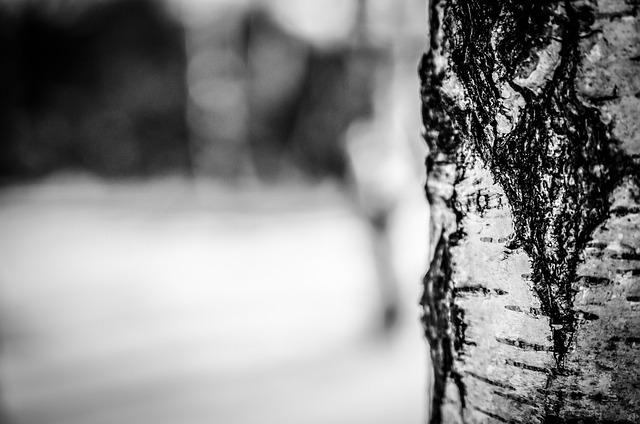
(Image: Pixabay/@jarmoluk)
If the elegant form and shimmering bark of birch trees have caught your eye, you may want to plant and nurture your own. Thankfully, birch trees are relatively easy to grow if you follow a few specific guidelines to ensure their proper care.
The key to birch success is location—these trees thrive in sunlight but appreciate cool roots. It is best to plant birch trees where their canopy will get full exposure to sunlight, yet their roots can remain moist and shaded. When watered adequately and shielded from extreme heat, birch trees create a beautiful focal point for any garden.
Another factor to consider is soil. Birch trees prefer fertile, well-drained soil yet struggle in highly acidic environments. It's crucial to monitor their health regularly because they can attract pests like the bronze birch borer, especially in stressed or weakened trees. With the right attention and care, birch trees can live for decades, offering timeless elegance and natural shade.
Conclusion
Birch trees are truly pillars of both nature and human history, offering not just aesthetic beauty but a wide range of applications across industries and cultures. From providing wood and sap to representing purity and resilience, few trees have as deep a relationship with humanity as the birch.
Whether you're interested in the ecological value, the historical uses, or growing your own birch tree, this versatile member of the Betula genus remains a true treasure of the natural world.
FAQs
How fast do birch trees grow?
The growth rate of birch trees varies by species, but they typically grow at a moderate to fast rate, gaining about 1-2 feet per year under good conditions.
What is the lifespan of a birch tree?
Depending on the species and conditions, birch trees can live anywhere from 30 to over 100 years. Their lifespan can be shortened by pests and poor environmental conditions.
Can I tap a birch tree for sap like a maple tree?
Yes, birch trees produce sap that can be tapped in the spring, similar to maple trees. The sap is often used to make birch syrup, though the process differs somewhat from maple syrup production.
What pests are commonly associated with birch trees?
Birch trees are often plagued by pests like aphids and birch leaf miners, but the most serious threat is the bronze birch borer, a destructive insect that can kill stressed trees.
Are birch trees resistant to deer damage?
Unfortunately, birch trees are not particularly resistant to deer, and young trees are vulnerable to browsing. Installing protective fencing can help prevent damage from wildlife.

